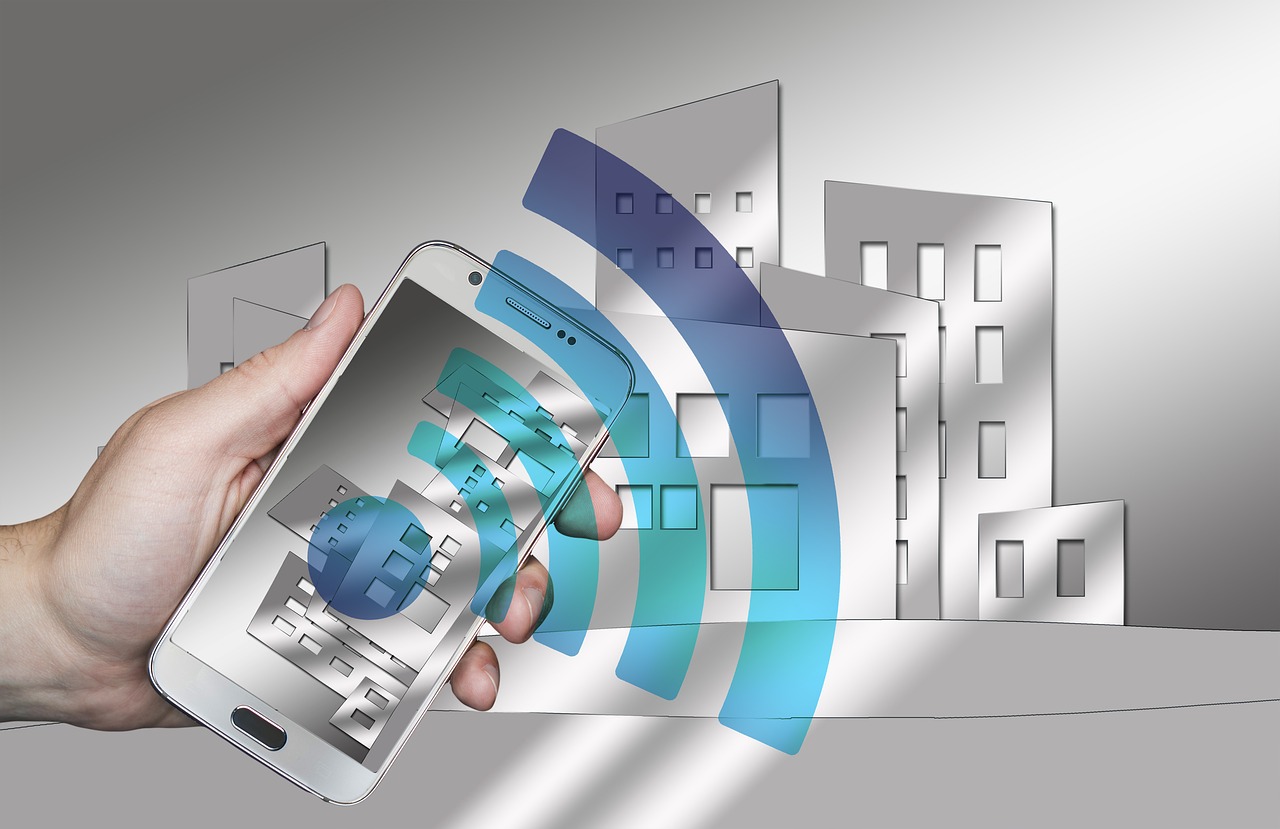The Internet of Things (IoT) continues to be a pivotal trend in the tech industry, referring to the interconnectedness of smart devices that communicate with each other via the internet. These devices are becoming increasingly common, from wearables and smart homes to connected cars and public infrastructure. Though often perceived as hardware-centric, IoT is transforming the way software is developed. IoT application development continues to focus on key areas such as ease of use, connectivity, convenience, and security.
Ease of Use
As everyday items become “smart” and integrate into an IoT ecosystem, app developers must consider that most users are not yet accustomed to these features. Take, for example, a smart fridge. While a fridge traditionally serves a simple function, smart versions offer a display that can be used for a variety of tasks, such as creating grocery lists or finding recipes. Developers must ensure that the software is intuitive, keeping the device’s primary purpose in mind while enhancing it with useful, context-appropriate features. This is particularly important as voice interaction and AI-powered assistants play a growing role in simplifying user engagement.
Connectivity
The connectivity of devices remains one of the core pillars of IoT. The growing number of smart home accessories, from lighting systems to security cameras, demands seamless integration across ecosystems. IoT apps must enable central control for users, allowing them to manage devices from a single platform. This is especially crucial with the increasing dominance of platforms like Amazon Alexa, Google Assistant, and Apple HomeKit. Each platform offers its own set of features and demands specific programming to ensure smooth communication between devices across different ecosystems. For instance, Samsung’s SmartThings has grown significantly in controlling a wide array of IoT devices in the home, from refrigerators to washing machines.
Convenience
Beyond the devices themselves, mobile app development plays a crucial role in ensuring users can interact with their devices remotely. Users interact with IoT devices primarily via their smartphones, smartwatches, and voice-activated speakers. The shift from traditional button-based interactions to voice commands and gesture controls demands that IoT applications offer intuitive user interfaces. This can range from a simple swipe to more complex voice-based commands. AI integration will anticipate user needs, making the user experience even more seamless. Developers must ensure that IoT apps are not only functional but also easy to use, empowering users to control their devices effortlessly through multiple interfaces.
Security
As IoT devices become more integrated into our daily lives, security remains a critical concern. These devices, which often store personal data and are constantly connected to the internet, are vulnerable to cyber threats. IoT app developers must prioritize zero-trust security models and advanced encryption methods to protect both devices and the data they collect. Given that Amazon Echo devices, along with a growing range of smart products like microwaves and even toilets, are always listening for keywords, there’s a heightened risk of privacy breaches. Ensuring robust authentication processes, like multi-factor authentication and end-to-end encryption, will be essential for maintaining user trust and preventing hackers from exploiting vulnerabilities.
